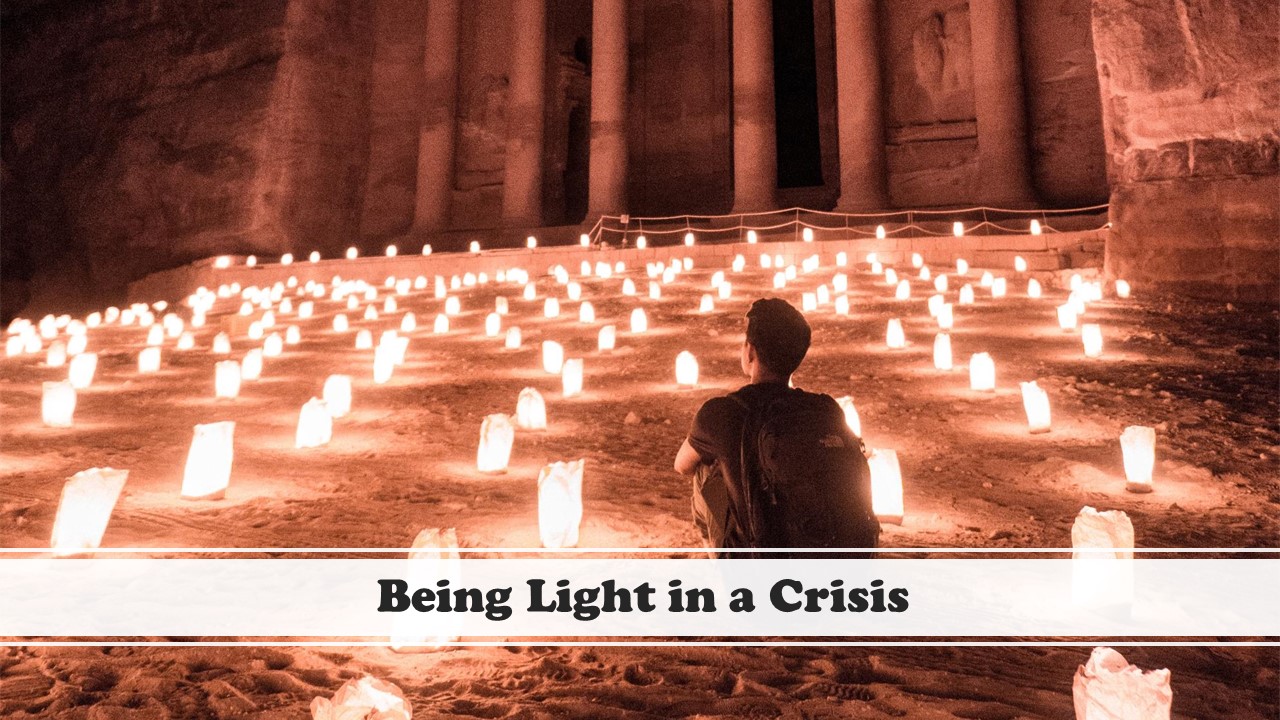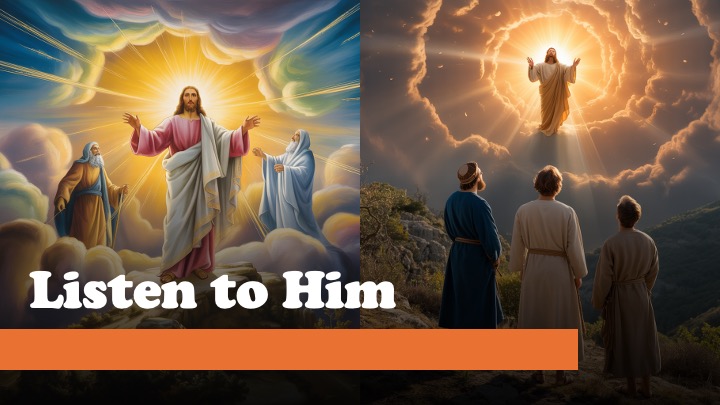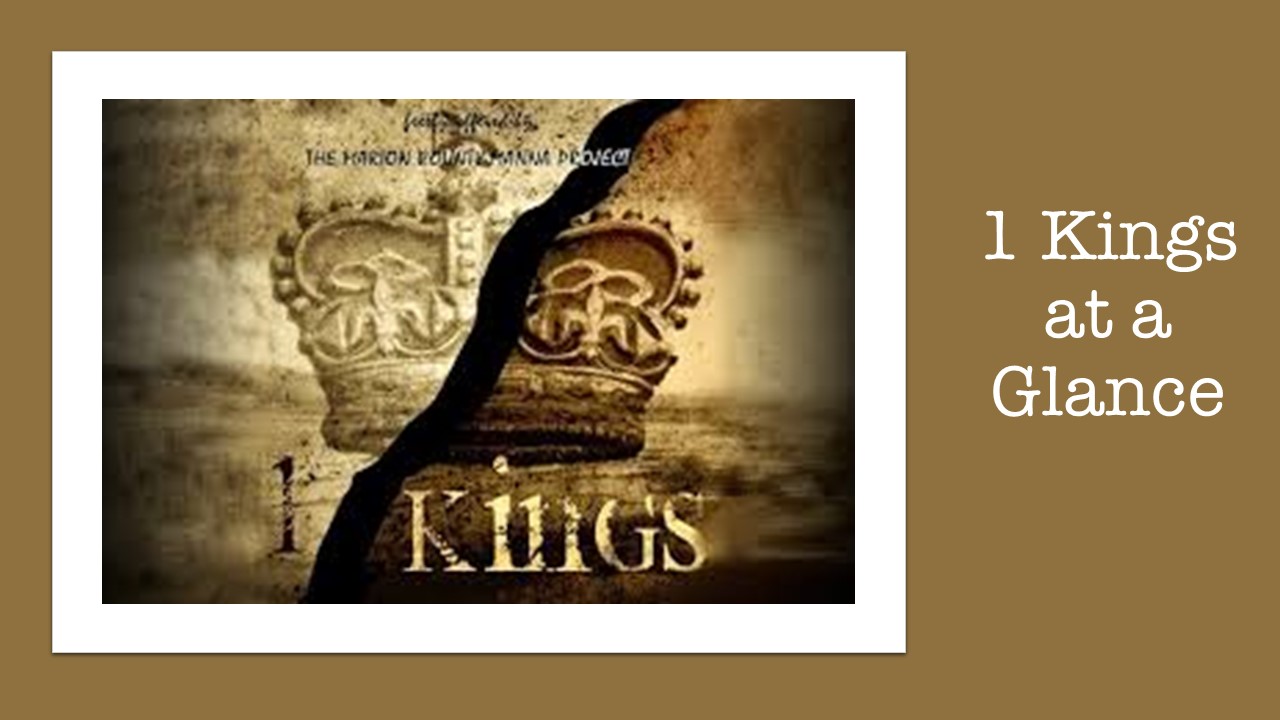In the prophetic visions of Daniel 7 and 8, the “little horn” emerges as a pivotal symbol, embodying a significant entity within biblical prophecy. Although interpretations diverge across Christian denominations and scholarly circles, several attributes consistently ascribe to this power. Originating from an existing political structure, the little horn appears amid ten horns on a beast in Daniel 7, denoting its roots within a pre-established realm. It's characterized by a phase of dominance and religious persecution, indicating a time when it exerts control and oppresses the faithful. Moreover, it's noted for blasphemy and arrogance, speaking against the Most High in a manner suggesting a usurpation of divine authority or attributes.
This power's substantial influence is further marked by its attempt to alter divine laws and appointed times, signifying a direct challenge to God's commandments. Its reign, described through a symbolic period, often equates to 1260 days or years, highlighting its significant but limited temporal authority.
Many Reformers and some Protestant traditions identify the little horn with the papacy, citing its historical claims to authority, persecution of dissenters, and doctrinal modifications as fulfilling the prophecy.

Today we are going to begin a new series: 10 Ways to Thrive in Hard Times. We begin with a consideration of how we...

The Transfiguration of Jesus is a profound moment of revelation, not transformation. Jesus doesn’t become something new—He unveils what He’s always been: the radiant...

We wrap up our study of 1 Kings by providing an overview of the book, examining the kings and prophets mentioned therein and identifying...